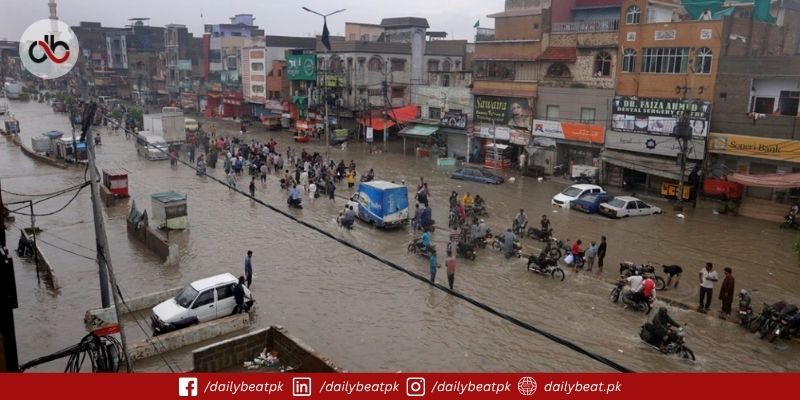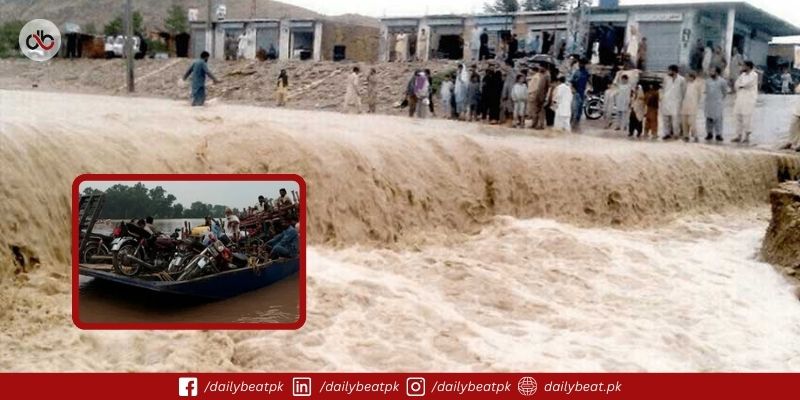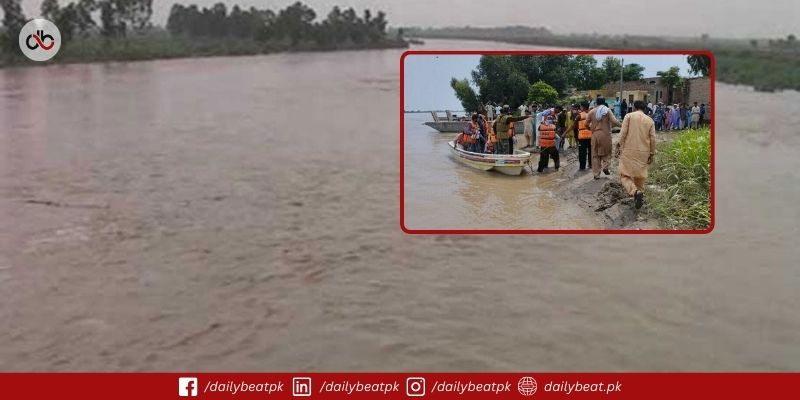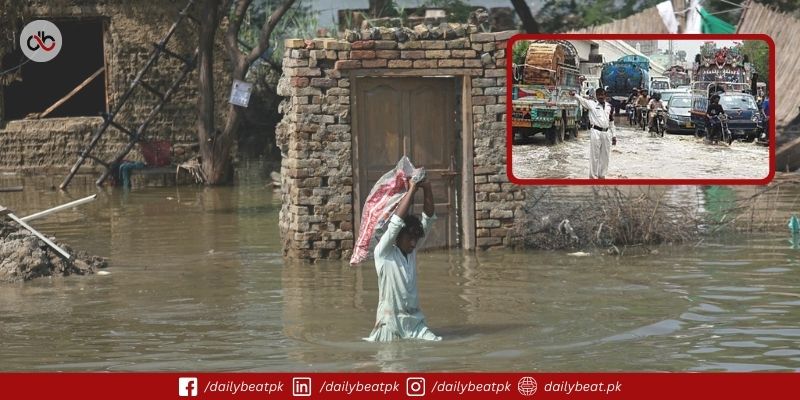Heavy monsoon rains in Pakistan have caused severe flooding, claiming at least 77 lives across various regions. The continuous rainfall has disrupted daily life, damaged infrastructure, and left many without basic services in both urban and rural areas.
In Lahore and surrounding districts of Punjab, the monsoon rains Pakistan has been facing are among the heaviest this season. On Wednesday, the city received over 80mm of rainfall in some areas. Streets in Lahore turned into rivers, with low-lying neighborhoods completely submerged. The drainage system failed to handle the volume of water, leading to widespread power outages and health risks due to sewage mixing with floodwater.
According to rescue officials, at least nine people lost their lives in Punjab. Tragic incidents include two children dying when a roof collapsed in Sheikhupura and a child electrocuted by exposed wires in Lahore. Several others were injured in rain-related accidents across the province. Residents of Mughalpura and Barki Road in Lahore complained of being trapped indoors for hours, as drainage services reached only selected areas.
The situation is equally alarming in Balochistan. In Khuzdar and Mastung districts, two people died in separate incidents. One man was crushed by a collapsed wall, while another was killed after an LPG tanker overturned on a rain-slick road.
The Pakistan Meteorological Department has warned of more heavy rainfall in the coming days. The water level in major rivers, including the Indus, Chenab, Jhelum, and Kabul, is rising. Authorities fear low-level flooding in several locations and have imposed Section 144 near rivers and canals to restrict public movement.
Meanwhile, the northern region of Gilgit-Baltistan is experiencing glacial flooding triggered by intense heat and continuous rains. Melting glaciers have damaged homes, roads, and bridges, cutting off access to many remote villages. Floodwaters have submerged farmlands and washed away power lines, leaving thousands without electricity or clean drinking water.
Monsoon rains kill 77 in Pakistan so far, according to the latest figures by disaster management authorities. The number is expected to rise as more rain is forecast in the coming days. The government has urged citizens to stay alert and avoid risky areas.
To improve disaster response, the National Disaster Management Authority (NDMA) has partnered with Jazz to send geo-fenced SMS alerts. These messages aim to inform people in flood-prone areas about possible threats, allowing them to take timely precautions.
The deadly impact of the monsoon rains Pakistan is currently enduring reflects a growing vulnerability to extreme weather events. With forecasts predicting continued rainfall until July 13, residents across many provinces remain at high risk.















